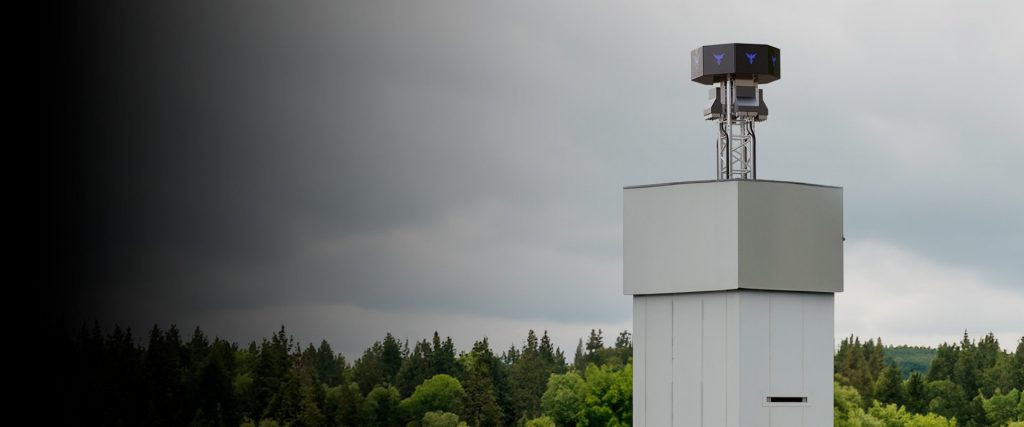What Frequency Band Do Drone Jammers Interfere With?
Drone jammers primarily operate within specific frequency bands to disrupt the communication between drones and their operators. The key frequency bands targeted by these jammers include:
- 2.4 GHz: This is one of the most commonly used frequencies for consumer drones, as well as for various Wi-Fi and Bluetooth devices.
- 5.1 GHz and 5.8 GHz: These frequencies are also utilized by many drones, providing additional channels for communication and control.
- GNSS (Global Navigation Satellite System): This includes frequencies between 1.56 GHz and 1.61 GHz, which are essential for GPS navigation. Disrupting these signals can prevent drones from accurately determining their location.

Applications of Drone Jammers
Drone jammers are mainly applicable in high-security locations and critical facilities where safety and privacy are paramount. Some of the key areas where these devices are deployed include:
- Airports: To prevent unauthorized drone flights that could pose risks to aircraft and passengers.
- Public Prosecution Systems: Ensuring that sensitive legal proceedings are not compromised by aerial surveillance.
- Prisons and Detention Centers: To protect against drone delivery of contraband and unauthorized communications.
- Drug Rehabilitation Centers: Maintaining the privacy and security of individuals undergoing treatment.
- Security Agencies and Military Operations: Protecting sensitive information and operations from potential threats posed by drones.
- Large-Scale Events: Such as concerts, festivals, and important conferences, where crowd safety is a priority.
- Government Agencies: Ensuring that discussions and activities remain confidential and secure from external monitoring.
- Anti-Terrorism Efforts: In areas where security is critical, drone jammers help mitigate the risk of drone-based attacks or surveillance.
